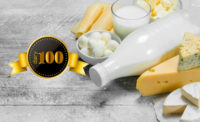Before each week of “Star Trek,” which aired on NBC for three seasons beginning in September 1966, Captain James T. Kirk (William Shatner) spoke this famous prologue: “Space: the final frontier. These are the voyages of the starship Enterprise. Its five-year mission: to explore strange new worlds. To seek out new life and new civilizations. To boldly go where no man has gone before.”
Like the crew of the Enterprise, the yogurt and cultured dairy category is also “bold” in its approach and every single subcategory — shelf-stable yogurt/yogurt drinks, cottage cheese, cream cheese, sour cream, and whipped topping — is posting year-over-year (YoY) growth.
For instance, for the 52 weeks ending Sept. 4, Chicago-based Information Resources Inc. (IRI) reports that shelf-stable yogurt/yogurt drinks was up 49.3% in multi-outlets, generating $77 million in dollar sales. Unit-wise, the subcategory had nearly 16 million units, a 3.9% increase. The price per unit rose 44 cents to $4.83.
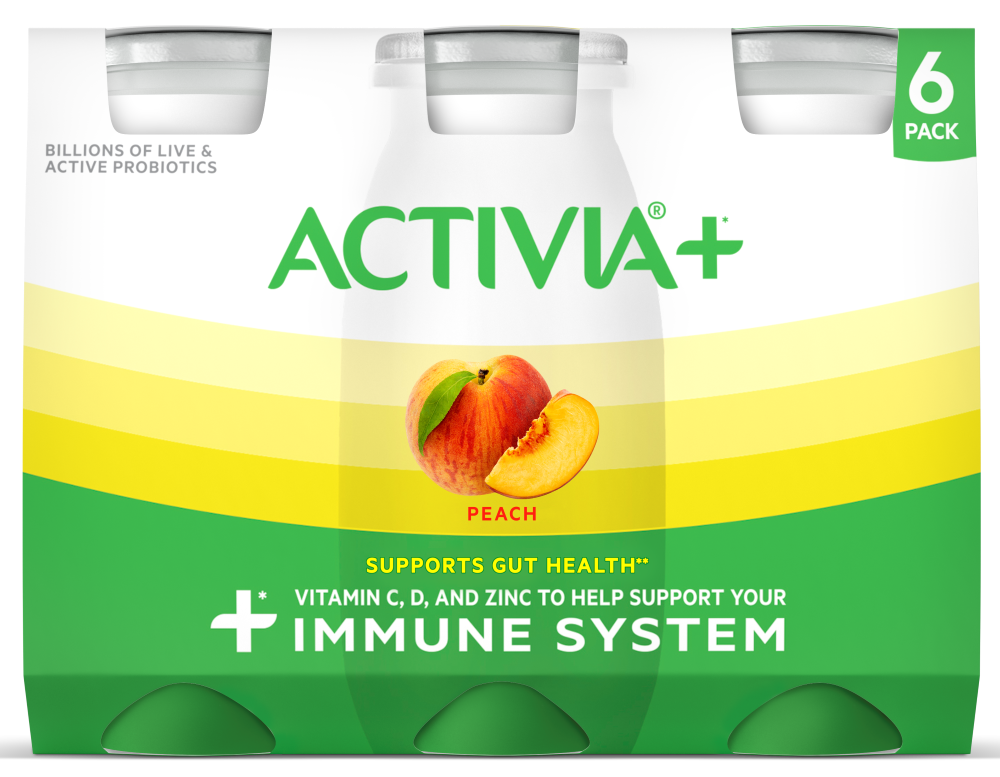
Other winners in the cultured dairy space per IRI data are cottage cheese, with sales of $1.1 billion (5.1% increase); cream cheese/cream cheese spreads bolstered sales to $2.3 billion (8% increase); sour cream, with $1.4 billion in sales (8.4% increase); and refrigerated (RFG) whipped toppings which generated dollar sales of $1.5 billion and 7.1% YoY growth through the Sept. 4 timeframe.
But the runaway winner in the cultured dairy market is yogurt, which is made by the bacterial fermentation of milk. A mid-October report from Ottawa, Ontario-based Data Bridge Market Research found that the yogurt market was valued at $107.2 billion in 2021 and is expected to further reach for the stars at a compound annual growth rate (CAGR) of 5.3% and $162 billion in sales by 2029.
In conventional and natural enhanced channels for the 52 weeks ending Sept. 4, RFG yogurt and RFG drinkable yogurt amassed dollar sales of $7.33 billion and $1.22 billion, respectively, with YoY growth increases of 7.6% and 19.4%, respectively, according to data from Chicago-based SPINS LLC.
Experts note that the fact that yogurt is low-fat, high-protein, portable, and comes in many different flavors and forms, including beverages, dessert, snacks, sports drinks, and as a meal replacement, gives it considerable marketability.
“It promotes healthy digestion, lowers the risk of type 2 diabetes, protects against colorectal cancer, and boosts the immune system. The market is expanding as people become more aware of the health benefits of yogurt,” the report states. “The primary factor driving the market is increased consumer preference for non-dairy, low-calorie, high-protein and healthier desserts.”
IRI’s John Crawford, who serves as vice president for client insights, dairy, agrees. “Single-serve categories like yogurt and frozen novelties continue to see strong growth particularly after schools and work reopened. Refrigerated dips and desserts are also thriving,” he says. “…Plant-based also started to see a resurgence as consumers returned to pre-pandemic eating patterns. Within plant-based, Oat is winning in milk, ice cream, and cream/creamer.”
SPINS’ Chief Marketing Officer Dan Buckstaff highlights that other RFG dairy segments — sour cream and cream cheese — demonstrated solid growth. Sour cream increased sales by 8.3% to $1.51 billion, while cream cheese, up 6.7%, generated sales of nearly $3 billion.
Two brands synonymous with their respective brands are Daisy Sour Cream and Philadelphia Cream Cheese. With 60% of market share, Daisy, the No. 1 brand as consumers “do a dollop of Daisy” to the tune of $849 million (10.5% increase), as per IRI data. See chart in this article.
First produced in 1872 and now the largest cream cheese manufacturer with a 65% market share, Philadelphia Cream Cheese, a brand of Kraft Heinz, is No. 1 in all three packaging formats: soft, $724 million (0.9%), brick, $670 million (9.7%) and whipped, $155 million (8.9%), IRI data reports.
What’s “top of the world” in Dairy15?
IRI’s Dairy15 paints an accurate picture of subcategory size, ranked from largest to smallest: Milk, Natural Cheese, Yogurt, Ice Cream/Sherbet, Fz Novelties, Cream/Creamer, Butter/Butter Blends, Processed Cheese, Cream Cheese, RFG Dips, RFG Whipped Toppings, Sour Cream, Margarine/Spreads, Cottage Cheese and RFG Desserts.
Yogurt is No. 3 on IRI’s Dairy15 Top Categories list with $8.4 billion in dollar sales and an 8.6% YoY growth; No. 9 on the list, cream cheese sales totaled $2.3 billion (8% growth); while spots 10-12 were RFG dips ($1.5 billion, 10.9% growth); RFG whipped toppings ($1.5 billion, 7.1%); and sour cream, ($1.1 billion, 5.1%).
The Dairy15 was also highlighted top-growing dairy segment. Yogurt, which ranked No. 2 behind total milk (at $1.19 billion growth), generated absolute sales growth of $667 million. Other cultured dairy segments were: RFG dips (up $415 million), cream cheese (up $172 million), RFG whipped topping (up $155 million), sour cream (up $145 million), and cottage cheese (up $95 million).
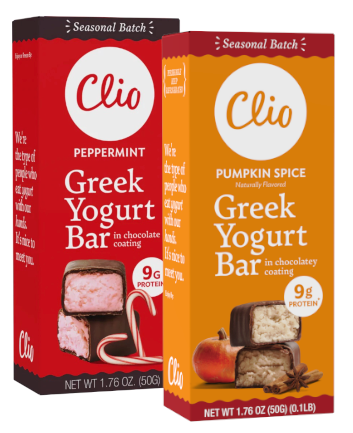
Crawford points out that every Dairy15 category is seeing strong dollar growth with high inflation. And when it comes to percentage of change, “Absolute growth is driven by milk, yogurt, Fz novelties, cream/creamers, and RFG dips,” he says.
Newark, Del.-based Future Market Insights estimates that the global flavored yogurt market will witness a CAGR of 7.4% and top a valuation of $106.2 billion by 2032.
The trend is being driven in part by flavored yogurt being seen as “a significant protein source for small children and the elderly since it is easy to swallow,” the research firm states. “Aromatic and plant-based or vegetable-based yogurts such as beet, carrot, and squash are being introduced by companies.”
The introduction of new indulgent products and flavors is projected to stimulate demand. Matt Okeson, director of marketing and research and development at Dallas-based LALA U.S. Inc., notes that prior to COVID-19, consumers were interested in health and wellness with reduced/no sugar added, high-protein products.
“However, we saw consumers somewhat abandon this during the pandemic in favor of more indulgent offerings,” he remarks. “This led us to launch our LALA Postres Auténticos dessert yogurt smoothies in 2021, and we’ve seen some great success with these indulgent offerings. As we have moved into 2022 and beyond, we know consumers’ lives are in a ‘rebalancing mode,’ and as they adjust to their new hybrid lives, we expect there to be a rebalance of interest between both health and wellness and indulgence. We have since launched a new line of LALA Licuados as a healthy breakfast alternative that provides more proteins, vitamins and minerals, and fiber.”
John McGuckin, CEO of Clio Snacks, Rochelle, N.J., suggests that both shelf-stable and refrigerated bars are very popular segments. “They are up 35% in dairy specifically, and they are proving to be incremental to the category,” he says. “Another is handheld snacking, which is becoming more significant as well-recognized and beloved brands expand their portfolios with high-protein and full-flavor options. For example, drinkables is a $1.2 billion category and growing at 15%.”
“One giant leap for mankind”
On July 21, 1969, history was forever changed when American astronauts Neil Armstrong and Edwin "Buzz" Aldrin became the first people to walk on the Moon’s surface, in an area called the “Sea of Tranquility.” Armstrong’s famous quote, “That's one small step for man, one giant leap for mankind” also describes the “leap” dairy processor are making when formulating exotic and novel flavors in the dairy and nondairy yogurt market.
LALA’s Okeson notes that classic flavors — like vanilla, strawberry, and blueberry — remain stable, go-to flavors for a brand’s portfolio. “However, we have seen rising interest in more tropical flavors such as mango and indulgence such as dulce de leche,” he explains. “That’s what makes our LALA portfolio such a great option for customers and consumers — we have an expansive flavor assortment that covers the classics but also offers variety in up-and-coming trendy flavors.”
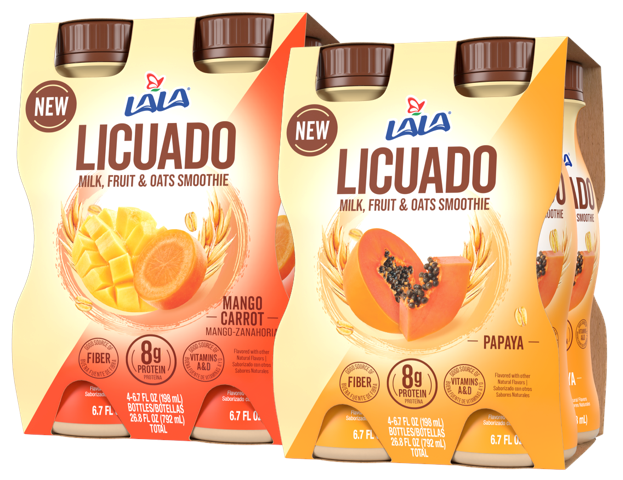
In fact, LALA U.S. recently was honored as among the best in North America during the 2022 World Dairy Expo Championship. LALA’s Strawberry Lowfat Blended Yogurt and its Postres Auténticos Fresas con Crema Dessert Yogurt Smoothie, which was added to its portfolio this year, captured first place. Also being recognized were its Mango Lowfat Blended Yogurt, Guava Yogurt Smoothie with Probiotics, Mango Carrot Licuado, and Mango Yogurt Smoothie with Probiotics.
SPINS’ Chief Marketing Officer Dan Buckstaff highlights best-selling RFG Yogurt flavors with tried and true Vanilla at No. 1 climbing 13.6% and notching $1.25 billion in dollar sales in conventional and natural channels for the 52 weeks ending Sept. 4. Rounding out the Top 5 list are: Plain/Unflavored, with sales of $881 million (a 4.8% increase); Strawberry, with sales of nearly $775 million (a 12.3% increase); Berry Blends/Generic grew 16.6% with nearly $412 million in sales; and Peach, with dollar sales of $315 million and a YoY increase of 4.8%.
Albeit from a smaller base, RFG drinkable yogurt is like a fiery shooting star with 19.4% YoY growth and $1.22 billion in sales growth through Sept. 4 — compared to RFG yogurt with an increase of 7.4% and $7.33 billion, SPINS data reports.
The Top 3 flavors in RFG drinkable yogurt all saw double-digit YoY increases. They are Strawberry, at 17.1% growth, and nearly $311 million in sales; Fruit Blend/Mix, at an 18.3% increase and $193 million in sales; and Plain/Unflavored, which posted 19.8% growth and $156 million in dollar sales, according to research from SPINS.
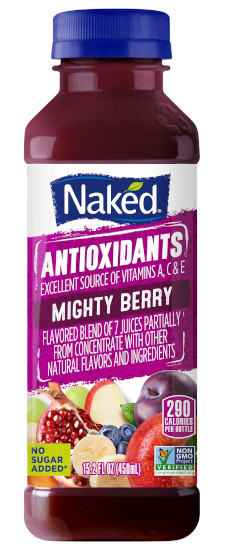
To boost gut health and immunity, the drinkable Activia+ multi-benefit probiotic yogurt, a brand of Danone North America, White Plains, N.Y., contains billions of probiotics as well as key vitamins and minerals such as vitamins C, D, and zinc. With 9 grams of sugar and 70 calories, the 3.1-ounce RTD yogurt is available in Strawberry, Peach, and Raspberry flavors and is intended to check all the boxes in terms of health, taste, and portability, the company says.
As consumers look to the flavors of fall and winter, many dairy brands are releasing limited-time flavors in yogurts, creamers, flavored milks, and frozen desserts. Clio is offering its refrigerated Greek yogurt bars, containing 9 grams of protein and covered in a chocolate coating, in Pumpkin Spice and Peppermint.
“Many of these top flavors are the norm for these subcategories, and we expect for these flavors to remain the consistent leaders even as new flavors come into play,” SPINS’ Buckstaff says. “Seasonality of flavors is one component that plays a role in the leaders of these categories such as pumpkin spice or snickerdoodle being more popular at certain times of year.”
In addition to seasonal flavors in cultured dairy products, Clio’s McGuckin points out another trend growing across the dairy aisle is the migration from single-serve formats to multi-pack formats. “While units could look flat, total pounds and dollars are growing significantly due to this shift,” he explains.
“Consumers gravitate toward innovations that lean into things like less-sugar, multi-packs, convenience (i.e., bars), probiotics and antioxidants, snacks, kid-centric innovation, organic, sustainability-adjacent (grass-fed, cage-free, all-natural, no antibiotics) and more,” McGuckin notes. “They’re not driving consumers away, but rather bringing them back as they are long-standing trends, rather than fleeting fads.
“However, inflation is impacting the premium and organic products with higher price points,” he continues. “When money is tight, people tend to be more careful about their financial choices and return to foods that are still high-quality, but have a more affordable price point.”
IRI’s Crawford also notes the positive impact that clean-label, reduced-sugar, zero-added-sugar, and organic is having on products within the dairy industry.
“Clean label (humanely raised, Non-GMO, etc.), low sugar, lactose-free, low sodium, pre/probiotic and immune defense claims are seeing strong growth across the Dairy15 outpacing total category growth,” he says. “Organic growth is much slower +1.7% with higher inflation impacting higher priced products. Organic is a 36% premium in price per unit across the Dairy15. The premium is higher in price per volume at 70%.”
In conventional and natural channels, products without sugar are growing 3.8%, with nearly $18 billion in total revenue, Buckstaff says, noting that the fastest growing subcategory is RFG drinkable yogurts with 26.9% growth and $99 million in total revenue.
Products label organic, however, are eclipsing products without sugar. “Products labeled organic are experiencing 5.6% growth and $921.9 million in revenue,” he adds. “The top growing subcategory is RFG Yogurt drinkable with 15.6% growth and $109.6 million in total revenue.”
Eating right with cultured dairy
The future looks bright for eating — or drinking — right with yogurt and cultured dairy, experts conclude. Dairy segments will continue to grow, especially as innovation and competition surge and brands should expect plenty of competition for share of stomach.

“Brands have executed price increases across the category, but as inflation eases, this will accelerate competition,” McGuckin says. “One area I see as a future category driver is surrounding plant-based, as care for the environment and reducing carbon footprint is going to continue to be something that's important for both brands and consumers. That said, the category is struggling right now and has seemed to stall.
“But there’s definitely going to be a breakthrough here in the coming years that will allow plant-based to ramp up again; but with natural ingredients, better flavor, and a price point that’s more affordable,” he says. “Long term, this is going to be a driver in the yogurt and dairy category.”
McGuckin also emphasizes the importance of functionality and tried and true, beloved brands that people know and recognize will continue to drive category growth. “Plus, products with full flavor, high-protein and clean, quality ingredients that are addressing the need states of today’s consumers.”
SPINS’ Buckstaff agrees, noting that consumers are becoming increasingly aware of the benefits of vitamins and supplements to their diets to supplement their nutrition, but don’t want to add another step to their daily routine.
“Shoppers are looking to brands in the dairy aisle to add more functionality to their favorite products so they can have the best of both worlds without having a cumbersome morning routine,” Buckstaff concludes. “We have been seeing this in beverages as well with shoppers wanting to combine functional ingredients into an easy-to-consume and great-tasting package.”


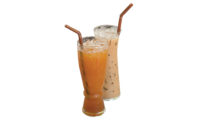
.png?height=200&t=1663254269&width=200)
